In an extraordinary market phenomenon shattering previous benchmarks, the Nepal gold price record high reached Rs 239,200 per tola on Thursday, October 9, 2025, representing an unprecedented Rs 1,200 daily increase and marking the steepest continuous surge in Nepali precious metals history. This latest milestone extends a remarkable weekly rally that saw gold prices jump Rs 2,500 on Monday, Rs 2,300 on Tuesday, Rs 2,600 on Wednesday, and Rs 1,200 on Thursday—a cumulative increase of Rs 8,600 in just four trading days. The Nepal gold price record high reflects not merely domestic market dynamics but a profound global economic restructuring driven by BRICS nations’ de-dollarization efforts, escalating geopolitical conflicts including Russia-Ukraine and Israel-Hamas wars, and central banks worldwide desperately accumulating gold reserves amid US dollar dominance concerns and former President Donald Trump’s aggressive tariff policies destabilizing international trade relationships.
Nepal Gold Price Record High: Week-by-Week Surge Analysis
Four Consecutive Days of Historic Increases
The Federation of Nepal Gold and Silver Dealers’ Association documented an extraordinary price acceleration throughout the first week of October 2025, with each trading day establishing new records previously considered impossible by industry veterans.
Weekly price trajectory:
- Monday, October 6: Gold increased Rs 2,500, reaching Rs 234,000 per tola
- Tuesday, October 7: Additional Rs 2,300 surge, touching Rs 236,300 per tola
- Wednesday, October 8: Rose Rs 2,600, hitting Rs 238,000 per tola
- Thursday, October 9: Latest Rs 1,200 increase, establishing Nepal gold price record high at Rs 239,200 per tola
- Cumulative weekly gain: Rs 8,600 (3.73% increase in four days)
- Monthly momentum: Up from approximately Rs 221,700 in early September
Comparison to Historical Price Levels
To understand the magnitude of the current Nepal gold price record high, contextual comparison reveals shocking acceleration:
Historical price milestones:
- 2020 (Pre-COVID): Approximately Rs 85,000-95,000 per tola
- 2021 (COVID peak): Rs 110,000-125,000 per tola
- 2022 (Russia-Ukraine war): Rs 130,000-145,000 per tola
- 2023 (Stabilization): Rs 145,000-160,000 per tola
- Early 2024: Rs 150,000-175,000 per tola
- Mid-2024: Rs 180,000-200,000 per tola
- September 2025: Rs 221,700 per tola
- October 9, 2025: Rs 239,200 per tola (current record)
The Nepal gold price record high represents a 152% increase from 2020 pre-pandemic levels and a 7.9% surge in just one month (September to October 2025), illustrating unprecedented volatility and investor anxiety.
Global Forces Driving Nepal Gold Price Record High
BRICS Currency Emergence Threatens US Dollar Hegemony
Dharmasundar Bajracharya, First Vice President of the Nepal Gold and Silver Dealers Federation, identifies BRICS nations’ coordinated de-dollarization strategy as the primary catalyst propelling the Nepal gold price record high.
“When America increased tariffs on India, India’s economy became destabilized. India had to seek refuge. They sought help from Russia. After Russia cooperated with China, now India, China, Russia, Brazil—these countries are preparing to launch a BRICS currency,” Bajracharya explained.
BRICS de-dollarization mechanics:
- Member nations: Brazil, Russia, India, China, South Africa (plus recent expansions)
- Objective: Create alternative reserve currency reducing US dollar dependency
- Mechanism: Gold-backed or commodity-backed currency system
- Timeline: Expected launch phases throughout 2025-2026
- Impact: Massive gold accumulation by BRICS central banks
The strategic implication is profound: as BRICS nations prepare an alternative reserve currency potentially backed by gold and commodities, they’re aggressively purchasing physical gold to underpin the new monetary system. This creates artificial scarcity in global markets, directly driving the Nepal gold price record high.
Central Bank Gold Hoarding Creates Global Shortage
Bajracharya revealed critical supply dynamics: “Now that the BRICS currency is coming, the dollar’s value appears set to decline. Asking why keep dollars, Nepal, China, and India are now disposing of their accumulated dollars and converting to gold, causing gold market shortages. Other European countries’ reserve banks are also experiencing gold shortages and have turned toward gold accumulation.”
Global central bank gold buying:
- World Gold Council reports record central bank purchases in 2024-2025
- Estimated 1,000+ tonnes annual central bank gold demand
- China’s central bank bought gold for 18 consecutive months
- India’s reserve bank increasing gold holdings significantly
- Emerging market central banks leading accumulation trend
- Developed nation banks (Germany, France) repatriating physical gold
This institutional demand creates supply constraints that trickle down to retail markets, directly causing the Nepal gold price record high Nepali consumers experience.
Geopolitical Conflicts Amplifying Nepal Gold Price Record High
Russia-Ukraine War’s Prolonged Economic Impact
The Russia-Ukraine conflict, now in its fourth year, continues generating economic uncertainty that drives safe-haven gold demand. Western sanctions on Russia, energy market disruptions, and military spending increases create inflationary pressures and currency instability—conditions historically favorable for gold.
War-related gold drivers:
- Sanctions regime: Russian assets frozen, trade restrictions forcing alternative reserves
- Energy disruption: Oil/gas price volatility creating economic instability
- Military spending: Government debt increases weakening currency confidence
- Supply chain breakdown: Wheat, fertilizer, metals shortages fueling inflation
- Refugee crisis: European economic strains from displaced populations
Israel-Hamas Conflict and Middle East Instability
The October 2023-present Israel-Hamas war, expanding to involve Hezbollah, Iran, and regional powers, intensifies geopolitical risk premiums embedded in gold prices.
Middle East conflict impacts:
- Oil price volatility: Persian Gulf tensions threatening energy supplies
- Regional instability: Potential for broader conflict involving Saudi Arabia, UAE, Egypt
- US military involvement: Increased defense spending and fiscal pressures
- Flight to safety: Investors abandoning risky assets for gold protection
- Currency weakness: Regional currencies depreciating against hard assets
Bajracharya emphasized: “Due to the Russia-Ukraine war, Israel-Hamas war, and tariffs imposed by US President Donald Trump on multiple countries, gold prices have reached these heights.”
Trump Tariff Policies Creating Trade War Uncertainty
Former President Trump’s proposed and implemented tariff policies—including 60% tariffs on Chinese goods and 10-20% universal tariffs—create massive trade uncertainty that historically drives gold demand.
Tariff-driven economic stress:
- Global trade disruption: Supply chains realigning, costs increasing
- Retaliatory measures: Trading partners imposing counter-tariffs
- Inflation acceleration: Import costs rising, consumer prices increasing
- Currency wars: Competitive devaluations to maintain export competitiveness
- Recession risks: Economic growth slowing under tariff burdens
US Federal Reserve Policy Amplifying Nepal Gold Price Record High
Interest Rate Cuts Reduce Opportunity Cost of Gold
Bajracharya highlighted Federal Reserve policy as a critical technical factor: “The Federal Reserve had set interest rates, and the Trump government intervened to pressure the American Federal Reserve to reduce rates. Recently rates declined 25 basis points, with potential for further decreases. This is why gold prices have dramatically risen.”
Fed rate cut mechanics affecting gold:
- Opportunity cost reduction: Lower rates make non-yielding gold relatively more attractive
- Dollar weakness: Rate cuts typically depress currency values
- Inflation expectations: Easier monetary policy raises inflation concerns
- Real yields negative: When rates below inflation, gold becomes essential hedge
- Investment flows: Capital migrating from bonds/savings to gold
Recent Federal Reserve actions:
- September 2024: 50 basis point rate cut (first in four years)
- Subsequent cuts: Additional 25 basis point reductions
- 2025 projections: Further rate cuts anticipated if economic weakness persists
- Policy shift: From inflation-fighting to growth-supporting stance
- Trump pressure: Political interference in Fed independence concerns
Dollar Devaluation Drives Gold Appreciation
Gold prices typically move inversely to US dollar strength. As the dollar weakens—whether through Fed policy, fiscal irresponsibility, or geopolitical confidence loss—gold denominates higher in all currencies including Nepali rupees.
Dollar weakness indicators:
- US Dollar Index (DXY) declining from 2024 peaks
- Trade deficits widening under tariff retaliation
- Federal debt exceeding $35 trillion, raising sustainability questions
- International reserve managers diversifying away from dollars
- BRICS currency preparing to compete with dollar dominance
The Nepal gold price record high directly reflects this dollar devaluation, as gold maintains purchasing power while fiat currencies depreciate.
Investment Surge: Nepalis Rushing to Gold Assets
Shift from Currency to Hard Assets
Bajracharya documented a fundamental shift in Nepali investment behavior: “Recently, those who don’t need gold are buying more than those who need it. The Nepali rupee doesn’t have value anyway. Tomorrow the dollar might not have value either, and only gold will retain value—this thinking has led to short-term gold investment, with plans to sell later and profit from the appreciation.”
Investment motivation analysis:
- Currency distrust: Fiat money losing purchasing power confidence
- Inflation hedge: Gold preserving wealth against price increases
- Capital gains speculation: Expecting continued price appreciation
- Portfolio diversification: Reducing exposure to volatile equities, currencies
- Psychological security: Physical gold ownership providing tangible wealth assurance
Investor categories increasing gold holdings:
- Middle-class professionals diversifying savings
- Business owners protecting working capital
- High-net-worth individuals increasing alternative asset allocation
- Young investors purchasing small quantities regularly
- Overseas workers remitting funds into gold purchases
Jewelry as Investment Vehicle
Nepal lacks regulatory framework for holding gold bullion bars, forcing investors to purchase jewelry as investment proxy:
“In Nepal, there’s no provision to hold gold bars, so people are increasingly making jewelry to store value,” Bajracharya explained. “Starting before Dashain festival, we saw this rush to make jewelry for storage. Otherwise, given Nepali people’s purchasing power isn’t particularly strong, we wouldn’t see such activity.”
Jewelry investment dynamics:
- Legal workaround: Jewelry ownership permitted, bullion bars restricted
- Making charges loss: Investors accepting 10-15% premium for craftsmanship
- Liquidity concerns: Jewelry less liquid than standard bullion products
- Purity questions: Hallmarking standards varying, creating trust issues
- Storage challenges: Physical security concerns for home jewelry storage
Retail Market Impact: Business Slow Despite Record Prices
Paradox of High Prices and Low Consumer Demand
Despite—or perhaps because of—the Nepal gold price record high, retail gold businesses report significantly reduced transaction volumes. Sitaram Gahataraj, operator of SR Jewelers in Baneshwor, Kathmandu, describes challenging market conditions:
“Compared to before, gold-silver trading is much less now. Because international market prices have increased, the impact has hit businesses directly. Consumer demand has severely declined due to economic recession and political movement impacts. Purchasing power has decreased, making business unenthusiastic.”
Retail market indicators:
- Footfall decline: Fewer customers visiting jewelry stores
- Transaction size reduction: Purchases smaller than historical averages
- Price sensitivity: Consumers delaying purchases hoping for price decline
- Festival season weakness: Even Dashain-Tihar traditionally strong period showing softness
- Economic anxiety: General financial uncertainty reducing discretionary spending
Old Jewelry Refashioning Trend
Gahataraj notes behavioral adaptation: “During festival season, rather than buying new gold, consumers are refashioning old jewelry they already own. Government has imposed additional taxes, and that impact is visible in the market.”
Consumer coping strategies:
- Jewelry redesign: Melting old pieces, adding minimal new gold, updating styles
- Family pooling: Combining inherited jewelry from multiple family members
- Delayed gifting: Postponing traditional gold gifts for weddings, festivals
- Alternative materials: Some consumers substituting silver or artificial jewelry
- Waiting game: Many delaying purchases expecting eventual price correction
Will Nepal Gold Price Record High Continue Rising?
Expert Predictions and Market Outlook
Bajracharya offers cautious projections: “In coming days, gold prices will go even higher. As long as there’s gold shortage in the market, demand will remain high. After reaching a certain point, gold prices will decline.”
Factors supporting continued increases:
- Supply constraints: Physical gold production cannot rapidly increase
- Central bank demand: Institutional buying showing no signs of slowing
- Geopolitical uncertainty: Russia-Ukraine, Middle East conflicts unresolved
- BRICS currency timeline: Launch preparation driving continued accumulation
- Inflation persistence: Price pressures remaining elevated globally
- Dollar weakness: Fed rate cuts likely continuing through 2025
Factors potentially causing correction:
- Profit-taking: Investors who bought lower prices selling at records
- Consumer resistance: Demand destruction as prices exceed affordability
- Economic recession: Severe downturn reducing all commodity demand
- Dollar strength: Unexpected Fed policy reversal strengthening currency
- Geopolitical resolution: Peace agreements reducing safe-haven premiums
- Margin calls: Leveraged investors forced to liquidate positions
International Gold Price Targets
Global analysts project gold reaching extraordinary levels:
Major forecasts:
- JP Morgan Research: Averaging $3,675/oz by Q4 2025
- Goldman Sachs: Potential $3,000-$4,000/oz range throughout 2025
- Bank of America: $3,500/oz base case, $4,500/oz bull case
- World Gold Council: Continued record-setting pace likely
- Recent peak: Gold surpassed $3,850/oz in late 2025 (some markets)
If international gold prices reach $4,000/oz, the Nepal gold price record high could potentially exceed Rs 260,000-280,000 per tola when accounting for import costs, taxes, and currency exchange factors.
Nepal-Specific Price Determinants
Local factors affecting Nepal’s gold prices:
- Import dependency: Nepal imports all gold, creating price transmission lag
- Customs duties: Government taxes adding premium over international prices
- Currency exchange: NPR/USD exchange rate fluctuations
- Transportation costs: Physical gold shipment expenses
- Dealer margins: Federation price-setting mechanisms
- Black market activity: Illegal imports creating parallel pricing
The Nepal gold price record high typically tracks international prices with 1-3 day lag, plus 10-15% premium for taxes, transportation, and dealer margins.
Investment Recommendations: Should Nepalis Buy Gold Now?
Short-Term Trading vs. Long-Term Holding
Bajracharya offers nuanced guidance: “Just as gold prices have increased this way, they can also decline similarly. For those who need gold, purchasing now is reasonable. For those looking to invest short-term and cash out, they can potentially profit.”
2025 gold market highlights:
- 26% H1 2025 gain: Gold rose 26% in US dollar terms (World Gold Council)
- Multiple record peaks: Surpassed $2,900/oz barrier February 2025
- Late 2025 peak: Some markets reporting $3,850+/oz trades
- Universal gains: Positive returns across all currency denominations
- Volatility intensification: Daily price swings exceeding $50/oz common
Central Bank Buying Unprecedented
The World Gold Council documented historic central bank gold accumulation:
Official sector demand:
- 2024 purchases: 1,045 tonnes central bank buying
- 18-month streak: China bought gold every month 2024-2025
- India acceleration: Reserve Bank of India significantly increasing holdings
- Emerging markets: Non-Western central banks leading purchases
- Repatriation trend: Germany, Netherlands bringing physical gold home from foreign vaults
This institutional demand provides fundamental support ensuring the Nepal gold price record high represents sustained trend rather than temporary bubble.
Alternative Perspectives: Reasons for Caution
Contrarian Warning Signs
Not all analysts share bullish gold consensus. Cautionary factors include:
Bearish considerations:
- Extreme positioning: Speculative long positions at historic highs
- Sentiment extremes: Excessive optimism often precedes corrections
- Real yields rising: If inflation declines faster than rates, gold appeal diminishes
- Recession hedge paradox: Severe recession could force liquidation for cash needs
- Technical overbought: Chart patterns showing exhaustion signals
Historical Bubble Comparisons
Gold has experienced dramatic boom-bust cycles:
Historical precedents:
- 1980 peak: Gold hit $850/oz (inflation-adjusted ~$3,000 today), then declined 65% over 20 years
- 2011 peak: Gold reached $1,900/oz, then fell to $1,050 by 2015 (45% decline)
- Pattern recognition: Parabolic price increases often followed by painful corrections
- Mean reversion: Asset prices historically return to long-term trend lines
These historical patterns suggest the Nepal gold price record high carries reversal risks that investors must acknowledge, even if long-term outlook remains positive.
Conclusion: Navigating Nepal Gold Price Record High Strategically
The Nepal gold price record high of Rs 239,200 per tola represents extraordinary convergence of geopolitical turmoil, monetary policy shifts, currency debasement fears, and structural economic realignment through BRICS de-dollarization. This isn’t merely a Nepali phenomenon but reflection of profound global forces reshaping international finance and reserve management.
For Nepali investors, the current environment demands strategic thinking rather than emotional reactions. Those requiring gold for cultural purposes (weddings, festivals) should purchase thoughtfully, perhaps waiting for temporary corrections within the broader uptrend. Short-term traders can potentially profit from volatility but must understand downside risks. Long-term wealth preservers can view gold as essential portfolio diversification, allocating 5-15% of assets regardless of current elevated prices.
The Federation’s experts expect continued price increases “as long as gold shortage persists in markets,” with eventual correction “after reaching a certain point.” That inflection point remains uncertain—potentially Rs 250,000, Rs 275,000, or even Rs 300,000 per tola depending on geopolitical developments and BRICS currency implementation.
What’s certain: the Nepal gold price record high signals profound economic anxieties about fiat currency stability, geopolitical conflicts, and wealth preservation in an increasingly unstable world. Gold’s 5,000-year history as ultimate store of value suggests current surge reflects not irrational speculation but rational response to genuine systemic risks.
As Vice President Bajracharya concluded: “The Nepali rupee doesn’t have value anyway. Tomorrow the dollar might not have value either, and only gold will retain value.” In that assessment lies the fundamental driver of the Nepal gold price record high—and the reason it may continue rising further before any meaningful correction occurs.
External Resources:
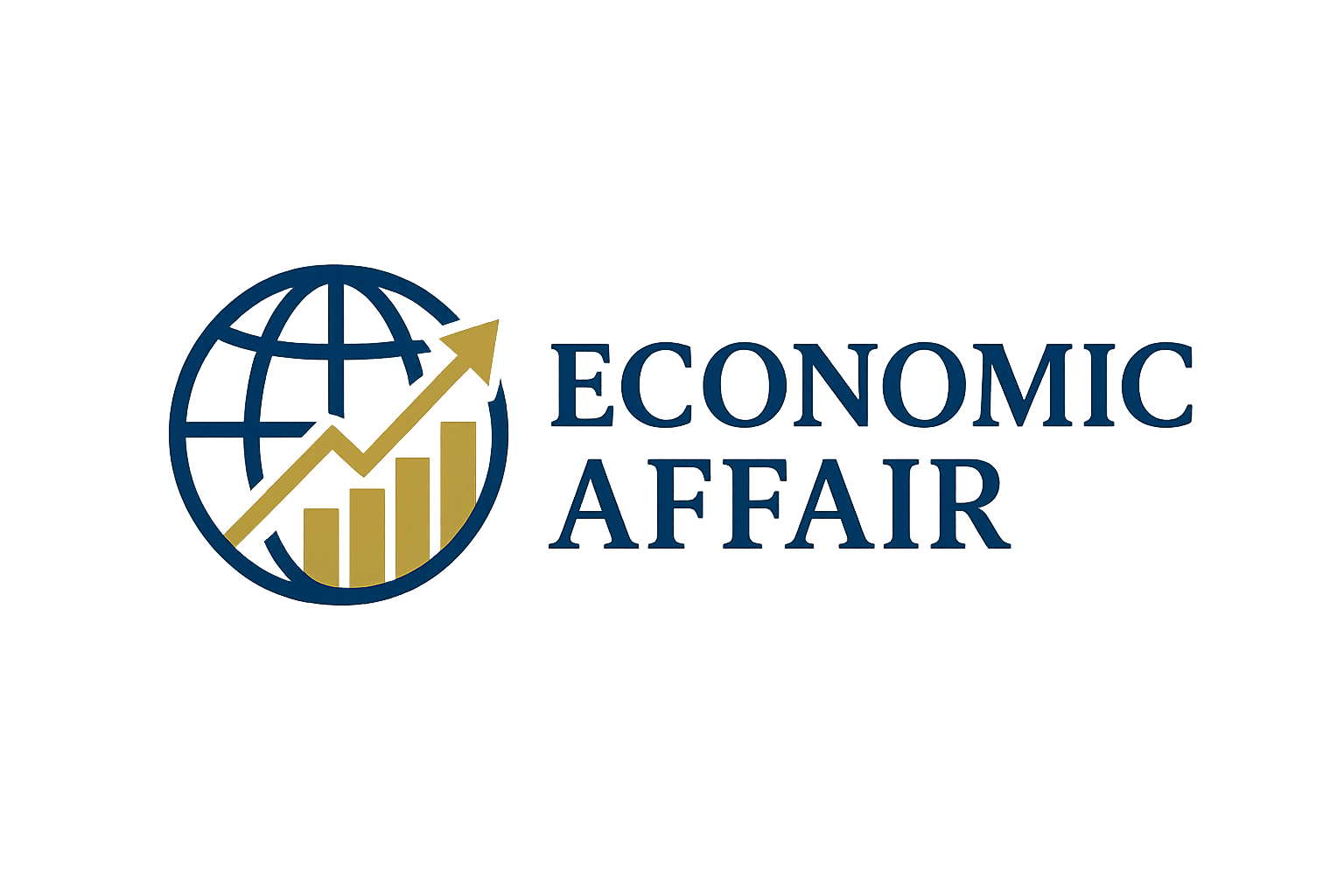





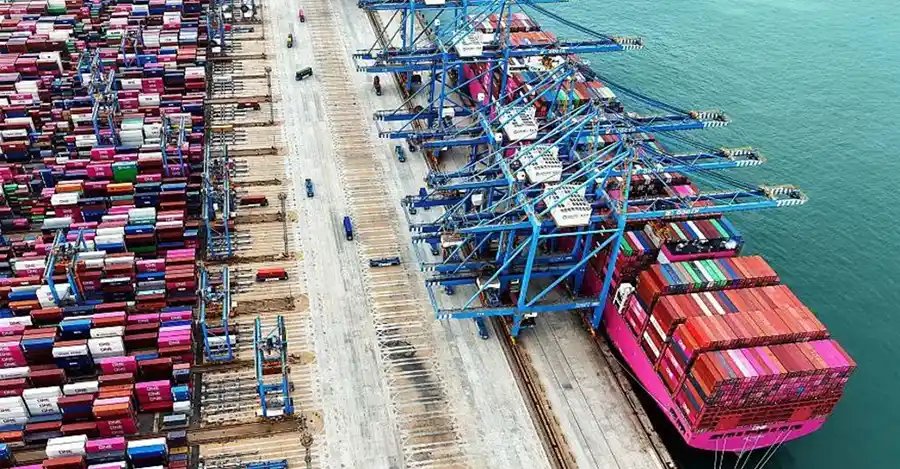


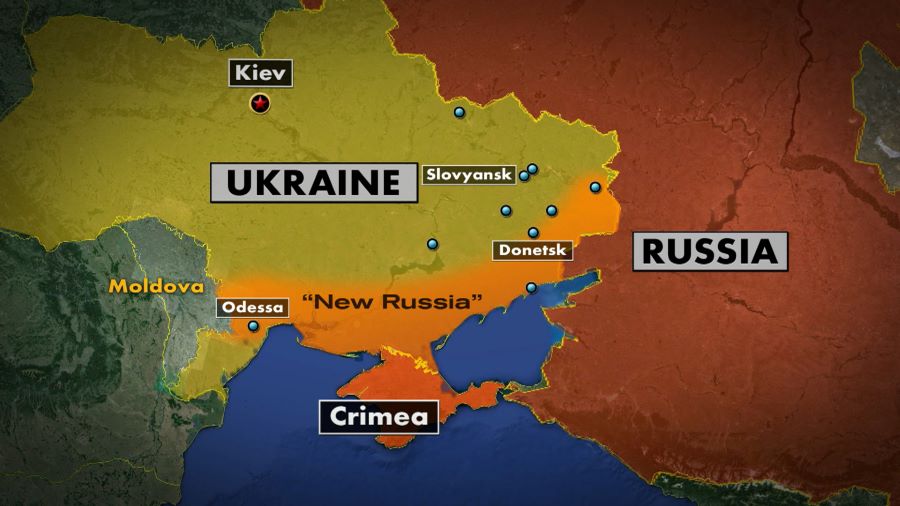


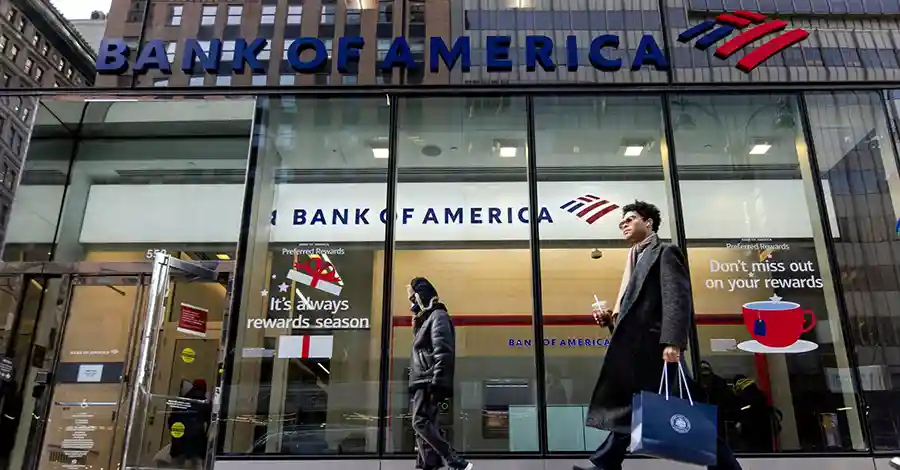

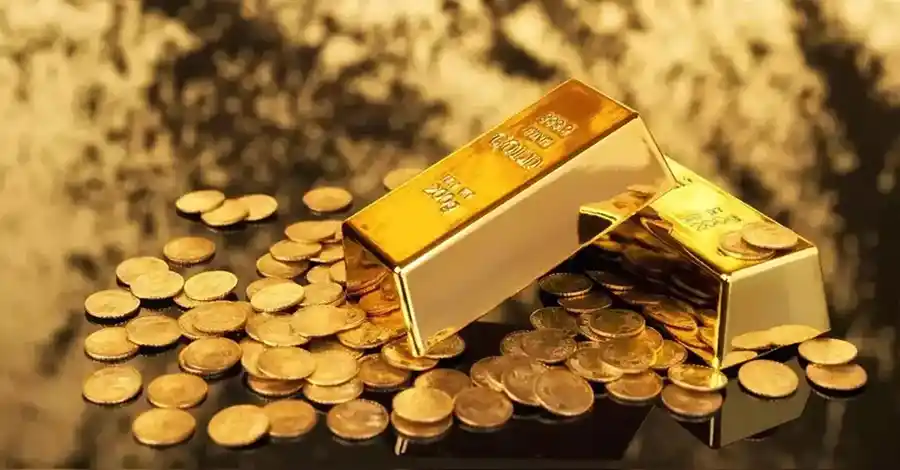
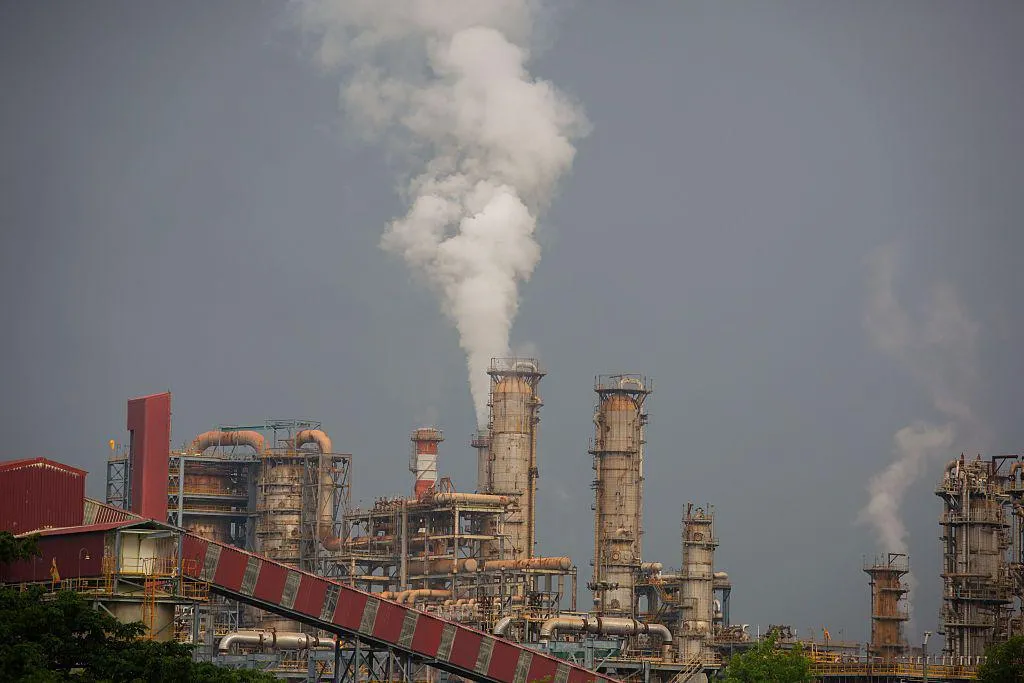
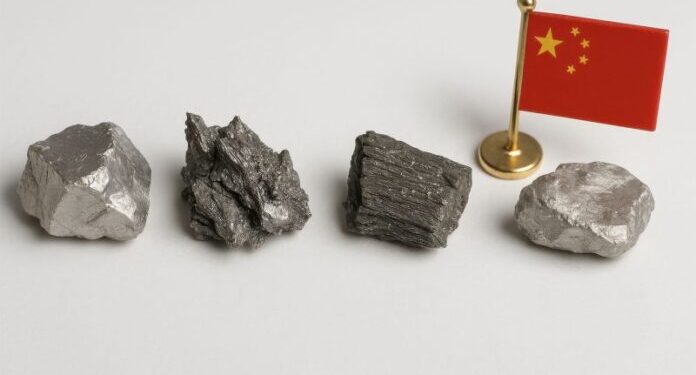

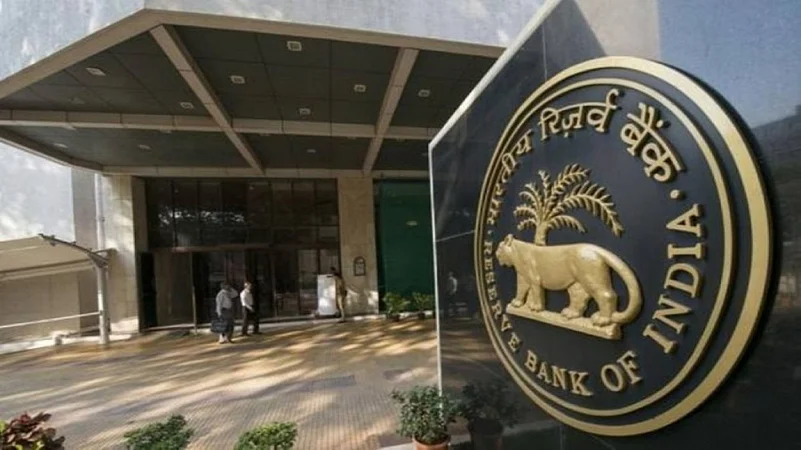



Comments